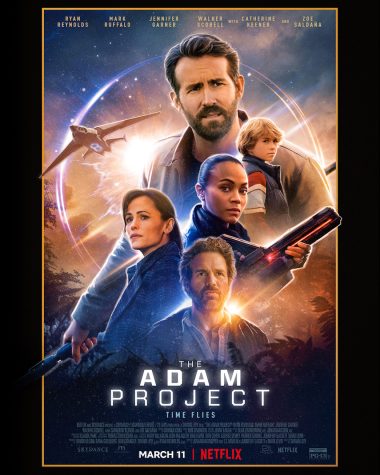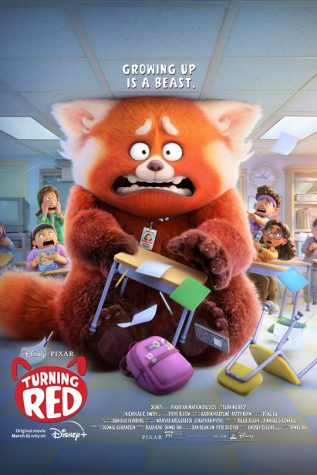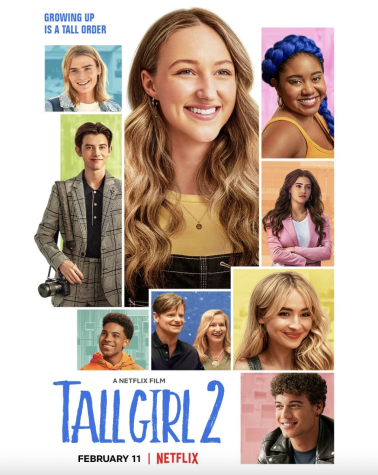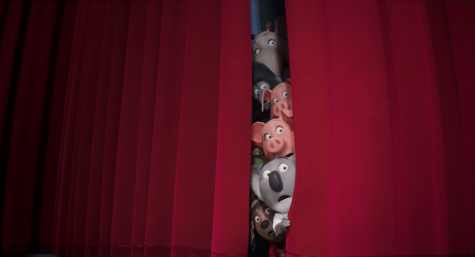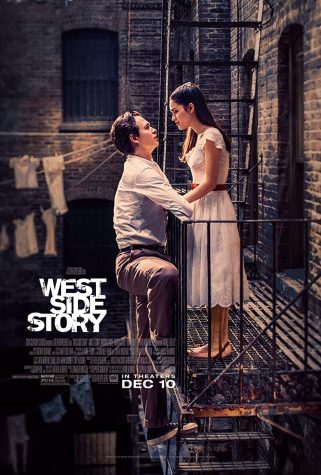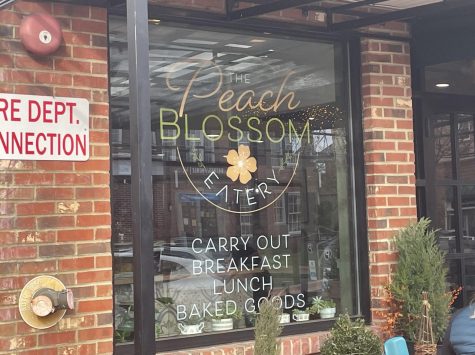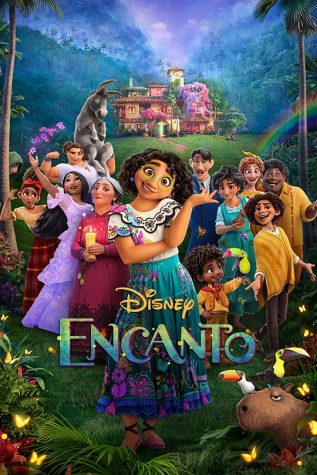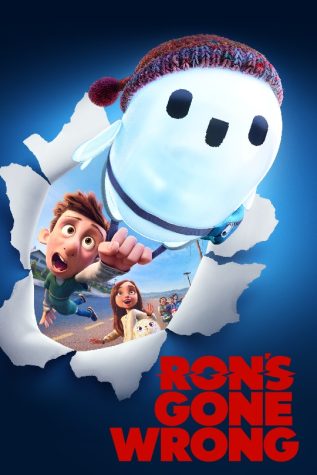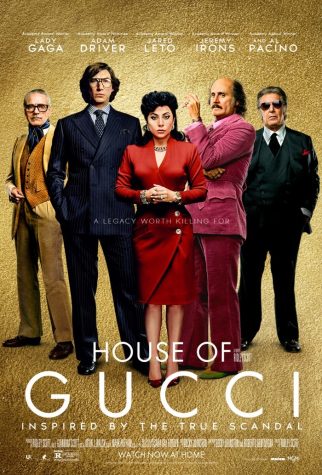The Masterpiece of “The Florida Project” Cinematography
“The Florida Project” is a film that discusses the impact of poverty on children in America. The juxtaposition of a magical and extravagant vacation experience with the main character’s living situation is highlighted by the expert use of cinematography and direction.
Director, writer, editor, and producer Sean Baker and cinematographer Alexis Zabe beautifully and accurately show viewers what life is like through the perspective of a child on the poverty line in Central Florida. The studio company A24 released this film in 2017, receiving a 96% on rotten tomatoes and an 80% overall audience rating.
The movie follows Brooklyn Prince’s character,six-year-old Moonee who lives with her young mother, played by Bria Vinaite. They live in a motel building run by William Dafoe’s character Bobby. This motel complex is right outside of Disney World.It starts with Moonee and her friend Scooty messing around outside of their neighboring motel complexes. They get in trouble and eventually Moonee meets her later best friend Jancey.
The rest of the movie mainly follows Moonee and Jancey, and the occasional cameo from Scooty, going about their summer. There are also scenes of Moonee’s mother Halley and of the motel manager Bobby. The motel complex is right outside of Disney World.
While the performances of Prince, Dafoe, and Vinaite are amazing, I think critiques missed an opportunity by not highlighting Baker and Zabe’s talents in the cinematography, setting, and camera work in their reviews.
While the viewer follows Moonee and Jancey’s summer, it is important to notice the camera work. The camera was always focused on eye level when it was just a scene with Moonee and Jancey in it, but if there was a scene with an adult in it the camera was positioned to look up at the adults as they were bigger. This was to capture the view of the child.
Baker also brought up the saturation on the film to make it as though Moonee and Zabe were living in a more colorful world. For example, Moonee’s home is the motel the Magic Castle. The Magic Castle is a huge purple building that does look like a castle from the perspective of Moonee. Everytime the viewer sees the Magic Castle, specifically from Moon’s perspective, it gives a warm and colorful feeling.
When Moonee and Jancey are crossing six lane traffic, the viewer doesn’t focus on the fact that this is six year olds crossing six lane traffic, but the bright color clothing that the girls are wearing, the laughter in their voices, and the colorful billboards and buildings behind all of the traffic.
This trick that Baker and Zabe makes you forget the horribleness that Moonee lives through and also makes the scenes from Halley and Bobby’s perspectives so much deeper. With all of the bright colors and lighthearted laughter, you forget how bad Halley is as a mother, how caring Bobby is compared to how much he deals with, and the raw poverty they live in.
The Magic Castle is only a few miles away from Disney World. Vacationers in Disney World are spending thousands of dollars to purchase a bit of magic for their children. Meanwhile, only ten minutes away, Moonee is being sent halfway across town to get food from multiple church food drives. This irony doesn’t escape the viewers
Baker and Zabe are cinematography geniuses’ because it also makes the ending that much more impactful.
The ending shows Moonee in a situation where she feels immense fear. Throughout the movie, we see Moonee feeling happy or annoyed, or any other childish emotion, but when she is in this immense fearful situation, the camera changes from the standard 35mm camera to Baker’s iphone 6s. This blurs the image and helps the viewer feel Moonee’s blurred judgement.
One of the last scenes, Moonee and Jancey are running and the use of the iPhone 6s camera makes the adrenaline rush of Moonee much more of a jarring experience for the viewer.
All of these tactics that the director and the cinematographer use make The Florida Project an authentic experience for the viewer and highlights the “beautiful mess” theme.
Baker never intended for the film to have a set plot, but for it to shed new light on a specific type of person. Halfway through the movie, the viewer will start to realise what will happen at the end, and that is intended. This intentional choice made the audience rating go down lower because the average viewer didn’t understand.
The Florida Project is really for the people who are okay with not having a set plot. It is for the people okay watching a story with no real beginning or ending.
I highly recommend watching this masterpiece for many reasons. First, to appreciate the incredible acting from the actors since most of it was improvised. Second, to admire the complexity of the cinematography. And lastly, to get a new, broader world view.
I personally do not live on the poverty line in Central Florida and I do not experience anything close to the events in the movie. However, this movie encapsulates the hidden reality for a lot of people in the United States. Not just for people outside of Central Florida, but for the majority of people on the poverty line.
This perspective is not normally displayed in film, and rarely this well. It is important to put yourself in different people’s shoes or situations even if it’s uncomfortable because then you can sympathize.
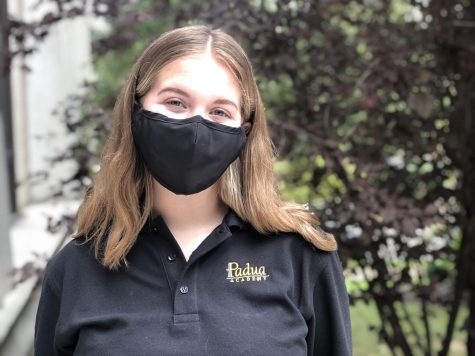
Samantha Kornsey is a member of the freshman class at Padua Academy from Pennsville, New Jersey. She chose Padua because she wanted to get away from her...



